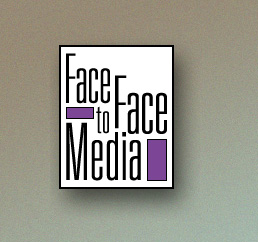
MediaUNDERSTANDING MEDIA LITERACY: INSIDE PLATO'S CAVE |
|
A writing sample from Inside Plato's Cave
Each unit requires a minimum of two hours to complete and includes an introduction, lessons, discussion forum, texts or videos, links, and references. Here, for example, is the introduction to Unit One: Media Education
Summary
Unit One examines what constitutes media education and the roles that media play in our daily lives. It will introduce you to key concepts which act as a framework for teaching about the media and provide you with the opportunity to apply these concepts to activities you might use with your students. Things You Will Learn
Upon completion of this unit you will be able to:
Number of Lessons
There are three lessons in this unit. Time Required
Each lesson will take a minimum of two hours to complete. If you choose to complete all suggested activities, the lesson may be spread incrementally over several days. The total time required to complete the entire unit will largely depend upon your level of engagement with the learning activities. What is Media Literacy?
The need to study the media in a critical and coherent way has become increasingly obvious in recent years, as they have come to occupy a central position in our cultural and political life. Virtually all that we know, or think that we know, about the world beyond our immediate experience comes to us through the media. The fact that the media have remained outside the school curriculum at the same time as they have come to dominate so many aspects of our society, and indeed, our individual consciousness, is a tribute to their power to influence us on levels which we are unaware. It is not surprising then that we have come to study the media; it is only surprising that it has taken us so long to start. Media literacy is concerned with the process of understanding and using the mass media. It is also concerned with helping students develop an informed and critical understanding of the nature of the mass media, the techniques used by them and the impact of these techniques. More specifically, it is education that aims to increase students’ understanding and enjoyment of how the media works, how they produce meaning, how they are organized and how they construct reality. Media education is a process by which one becomes media literate. Media literacy aims to produce students who have an understanding of the media that includes knowledge of their strengths and weaknesses, biases and priorities, role and impact and artistry and artifice. Media literacy is a life skill.(Ontario Media Literacy Resource Guide) Media Education is not:
The goal of media education is the creation of a media literate individual – a person who can read the media, critically analyze and evaluate the form and content of the media, create media, communicate with media and understand the use and purpose of media. For instance, a media literate person understands:
If this is an introduction to media education for you, you might visit the Media Awareness Network and take a look at the information and resources they have accumulated about media literacy and media programs in each of the Canadian provinces. As with any subject, there are certain terms specific to media literacy. For a glossary of media literacy terms, please check the following page at the Media Awareness Network
|








